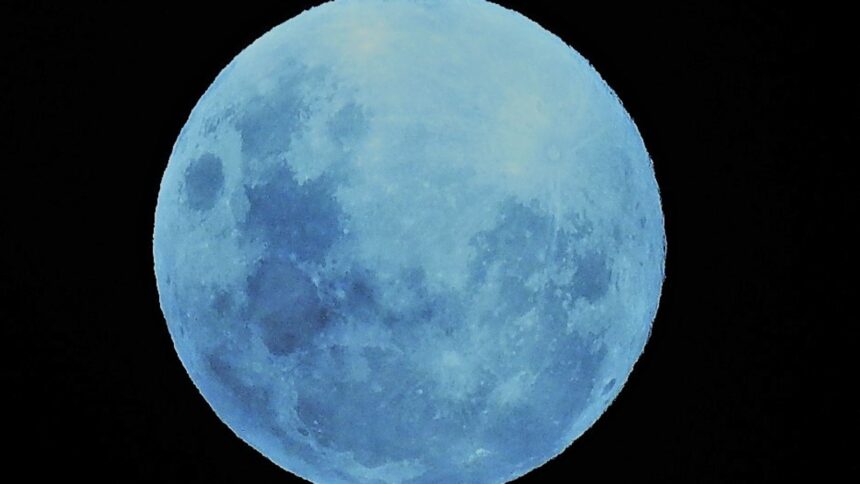When a full moon rises during its closest point to Earth in its orbit, it is known as a supermoon.
Even more uncommon, a blue moon occurs when there are two full moons in a single month or four full moons in a season.
The expression “once in a blue moon” originates from the fact that it only occurs once every two to three years.
The moon may appear red in color due to dust from North American wildfires; blue moons aren’t truly blue.
Subsequent to this supermoon, there will be another one on September 18, another on October 17, and a last one on November 15.
Although there will only be one blue supermoon on Monday, September’s will also coincide with a partial lunar eclipse, which is another spectacle to behold.
Astrologer Richard Nolle first used the word “supermoon” in 1979 to describe a new or full moon that happens when the moon is 90% of the way to Earth.







